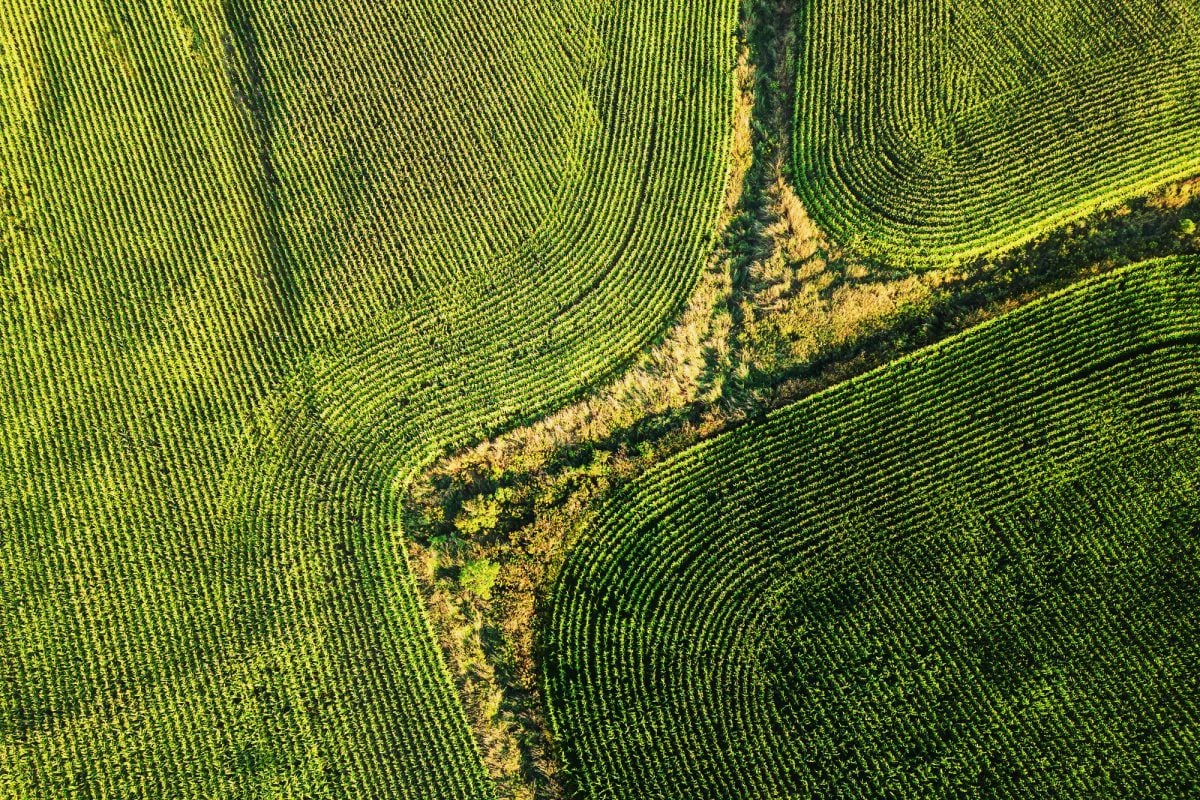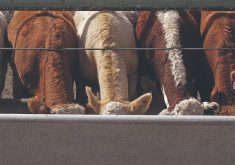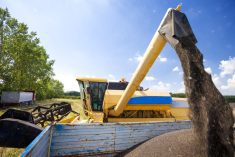Canadian farmland values rose by an average of six per cent in the first half of 2025 — an acceleration of last year’s gains — Farm Credit Canada said in a new report this week.
“Demand for farmland remained strong in the first half of the year regardless of lower commodity prices,” said FCC chief economist J.P. Gervais in a news release.
“Buyers continued to invest, driven by long-term confidence in the agriculture sector and the limited supply of available land.”
Read Also

U.S. corn and soybean yields revised down by USDA
Soybean and corn yields in the United States were revised downward from earlier estimates in updated supply/demand tables from the United States Department of Agriculture released Nov. 14.
The overall range of sale prices per acre has increased “only modestly,” the farm lender said. Provinces that had seen strong growth in recent years are seeing softening farmland prices while regions that had previously seen more modest growth are seeing solid gains.
“Overall, the market appears to be stabilizing,” FCC said in the news release.
Where and why values are growing
Farmland values gained 10.4 per cent year over year between July 2024 and June 2025.
That compares with 5.5 per cent growth in land values in the first half of 2024 and a 9.3 per cent annual increase that year.
Manitoba led all provinces with 11.2 per cent growth in the first half of 2025, with the Parkland and Westman regions seeing the strongest growth. In the Parkland region, large grain operations are building their land bases, FCC said. Alberta and Saskatchewan saw growth near the national average with 6.6 per cent and 6.0 per cent respectively.
New Brunswick saw the second-highest growth with a 9.4 per cent increase January to June. Strong growth in southern New Brunswick, particularly the dairy farming region, drove the increase. Gains in the other Maritime provinces were more modest with Nova Scotia at 1.0 per cent and Prince Edward Island at 2.3 per cent.
British Columbia and Ontario land values remained flat, and Quebec saw 2.6 per cent growth.
Cash receipts steady
FCC noted that farm cash receipts, interest rates and the overall supply of farmland are key drivers of values.
In the first half of 2025, cattle receipts were up 18.3 per cent on record prices. This pushed total mid-year cash receipts up 3.3 per cent. Grain and oilseed receipts rose slightly in early 2025, though this varied by region.
Grain and oilseed receipts are expected to fall by six per cent in 2025 compared to last year. Increased production, the effects of China’s tariffs on Canadian canola and peas and tariffs between the U.S. and China are expected to weigh on commodity prices.
However, easing interest rates and healthy balance sheets carrying over from the record crop years of 2022 and 2023 should lend support to farmland values.
















